This post may include affiliate links.
If you make a purchase, I'll earn a small fee at no extra cost to you.
It’s easy to grow zucchini! This delicious vegetable, also called courgette or summer squash, grows quickly and will give you an abundant harvest. Here’s everything you need to know to grow all types of zucchini in your garden.
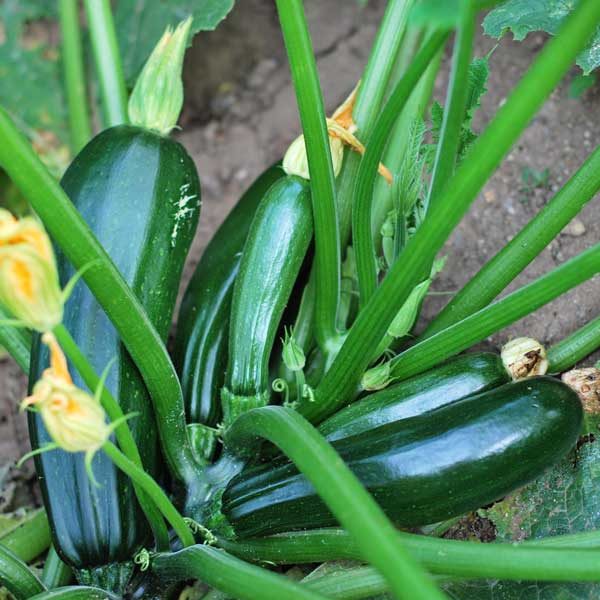
Zucchini is a great vegetable for beginning gardeners. It’s super-easy to grow, produces tons of veggies all summer long, and comes in lots of fun shapes and colors.
It has a mild flavor that makes it a family favorite, whether breaded and fried, grated and turned into zucchini fritters, added to soups, or made into zucchini bread.
This popular garden vegetable contains quite a few nutrients, including vitamins A, C, and K; folate, manganese, and potassium. Most of these nutrients reside in the skin–and the darker the zucchini, the more nutrients it contains.
Types of Zucchini
There are several different types of summer squash, and they all fall under the scientific name curcurbita pepo (although in a complicated twist, not every cucurbita pepo is a zucchini). The primary types you’ll see in seed catalogs and garden centers are:
- Green zucchini, just like the kind you commonly see at the grocery store.
- Pattypan squash, in green, white, yellow, and stripes, which look like little flying saucers.
- Yellow squash, which has the same flavor as green with a lovely bright color.
- Round zucchini, which are adorable little spherical squash that are perfect for stuffing.
- Yellow crookneck squash, with bumpy skin and a bend in the neck (hence the “crookneck” name).
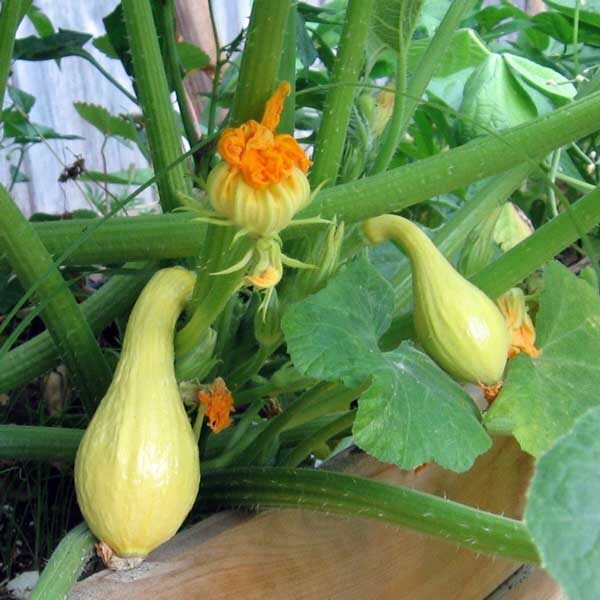
Sun, Water, Soil
Choose a sunny spot to grow your zucchini–it needs to have 6 hours or more of sun each day. Mix a bit of homemade compost or worm castings into the soil when you plant your squash seeds or seedlings.
Zucchini needs to be watered every few days. The leaves may wilt on a hot day, but this doesn’t mean they need to be watered right then–it’s how the plants conserve water. The leaves should be refreshed by the morning.
When you’re watering, use a drip irrigation system or water with a hose or watering can at the base of the plant. Don’t water the leaves because it can encourage powdery mildew (see below), which can ruin your plants.
Planting & Spacing
Plant your zucchini seeds or seedlings in the spring, when soil temperature is between 70-85°F. Not sure when you should plant? You need a vegetable planting schedule that’s customized for your area and climate. Click the image to get one for your garden.

If you’re planting from seed, make a hole about 1” deep, plop the seed inside, and pat the soil over. I like to place a cut paper towel tube “fort” around the seeds to protect them from cutworms (it will compost into the soil over time). Your seeds will sprout in 7-10 days.
If you’re planting a seedling, make a large hole about 2” deep, loosen the roots of the seedling, and place into the hole. Fill the hole with soil and pat gently.
All squash plants have large leaves and really like to spread out. These plants in our local community garden are nearly four feet across!
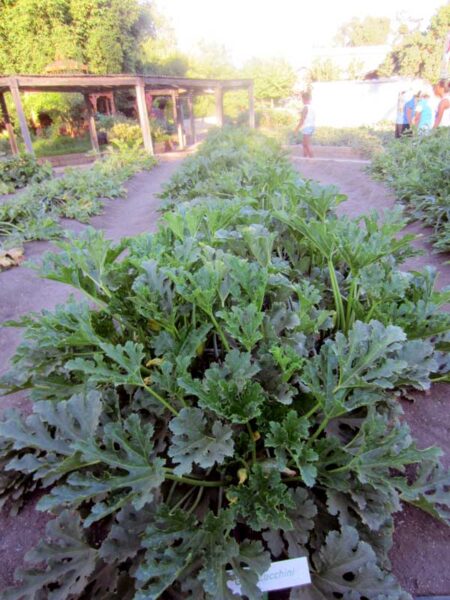
I plant my zucchini on the edge of my raised beds so as they grow, they hang over the edge of the bed. This saves space in my limited planting area so I can grow other crops.
If you’re planting in a larger garden or using the Square Foot Gardening method, allow 3-4 square feet of space for your zucchini to spread out.
Growing in containers? No problem. Zucchini are one of the 5 best vegetables to grow in containers.
Zucchini plants need pollinators. If you don’t have a lot of bees in your garden, plant some early-blooming flowers like borage or alyssum near your squash.
Pests, Diseases, Companion Plants
Unfortunately, there are a handful of bugs who like to eat zucchini. The most common ones are squash bugs, vine borers, and cucumber beetles. Most of these can be controlled or managed by natural methods.
Squash bugs are common in the garden, because they like to eat zucchini, pumpkins, winter squash, even cucumber. They lay tiny eggs in neat little lines on the underside of leaves–if you see these, squish ‘em.
In fact, if you see them at any stage of their life cycle, it’s best to squish them. Here’s more info on how to get rid of squash bugs naturally.
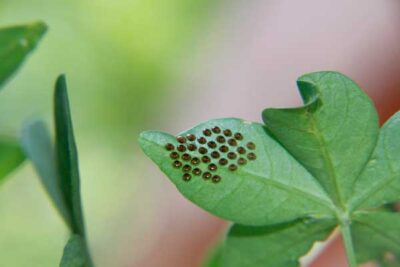
Vine borers spend the winter in the soil and lay their eggs at the base of the stem. Then the caterpillars hatch, bore a hole into your tender seedling, and eat it to death.
Because these pests overwinter in the soil, the best way to manage them is to pull and trash (not compost) infected plants. If you happen to find an infestation, here are some tips to prevent squash vine borers naturally.
Cucumber beetles look like ladybugs, but they’re yellow and black instead of red and black. They spread disease, so if you see them you want to get them under control ASAP. Spinosad is a soilborne bacterium that is helpful for this.
Powdery mildew is a fungus that could infect your plants (usually near the end of the season). The leaves look like they’re covered with a white or gray powder.
Treat infected plants with neem oil spray or–believe it or not–milk. Mix 1 cup of milk and 1 cup of water; add a few drops of dish soap and spray the plant 1-2 times per week. Do not compost the plants after harvest.
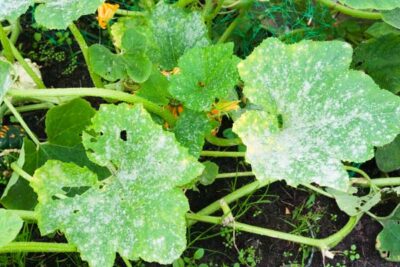
Plant nasturtiums near your zucchini, since the nasturtiums repel squash bugs. I like Alaska Mix Nasturtium because the variegated leaves are beautiful against the dark green zucchini leaves.
I got this great tip from Carrots Love Tomatoes: Secrets of Companion Planting for Successful Gardening, which is a must-read for us vegetable gardeners.

Harvesting
Your zucchini will be ready to harvest about 6-7 weeks after planting. Pick them when they’re small to ensure tender fruit and small seeds.
Cut the stem of the zucchini with scissors or pruners, rather than pulling it off the plant. Cutting the stem prevents damage to the plant and delays mold developing on the zucchini.
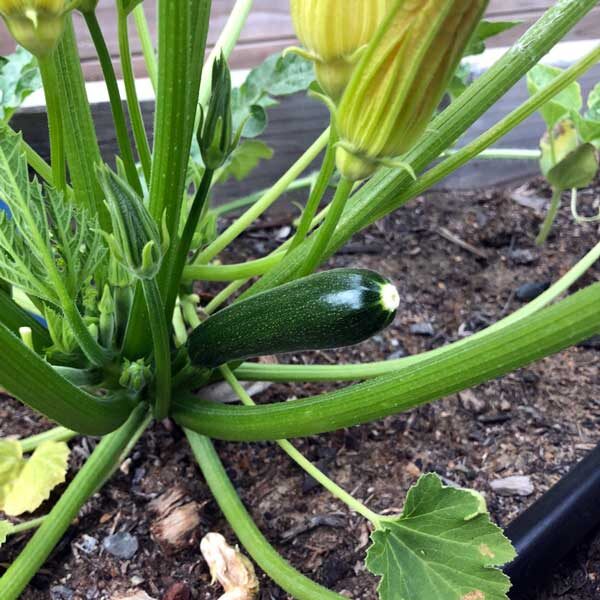
Summer squash plants grow like crazy. I’ve had a single zucchini plant grow as many as 15 squash over one gardening season! They are the vegetable that just keeps giving.
Harvest zucchini frequently; it seems they grow from “normal size” to “baseball bat size” overnight. At the height of the season, check your plants every day. They’re still edible when large, but will be mealy with large seeds. This is an example of a squash that got way too big.
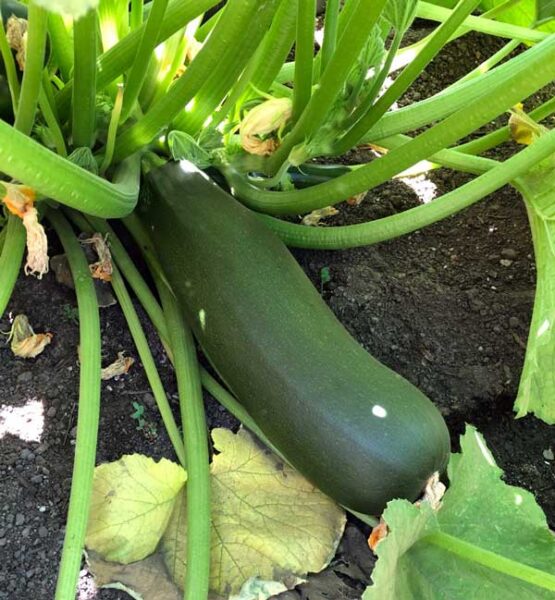
Preserve Your Harvest
If you’ve grown more zucchini than you can eat, there are several ways to preserve your harvest. I like to grate the zucchini and freeze it in 2-cup amounts. Then it’s ready for zucchini bread, or adding to homemade spaghetti sauce or soup.
You can also dehydrate summer squash, but canning is not a good idea. You may read different articles about water-bath canning or pressure canning zucchini–but no safe guidelines have been established, and botulism is no joke. Play it safe and freeze or dehydrate instead.
Don’t feel like freezing or drying your harvest? Share your bounty with your local food bank! Food banks don’t often get donations of fruits and vegetables, and their clients will welcome the fresh food. You can find your local food bank at Feeding America.org.
You can also give a bit to your friendly local tortoise, as a yummy treat. 🙂
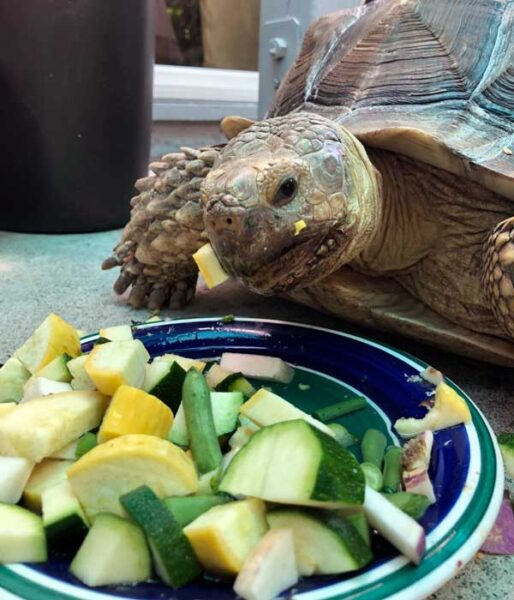
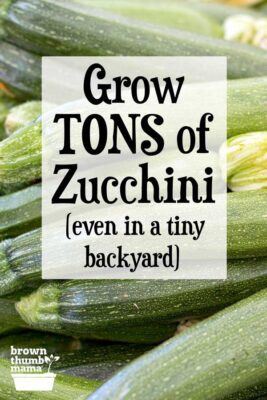

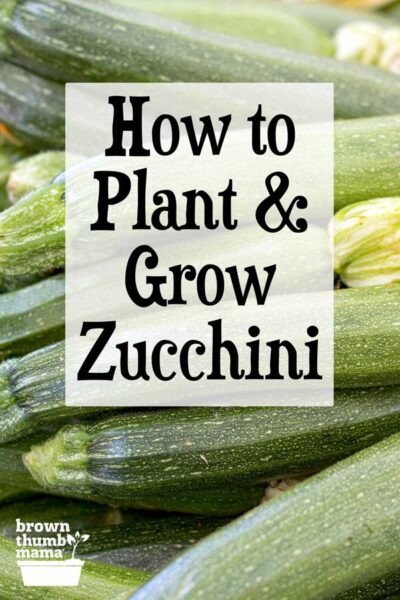

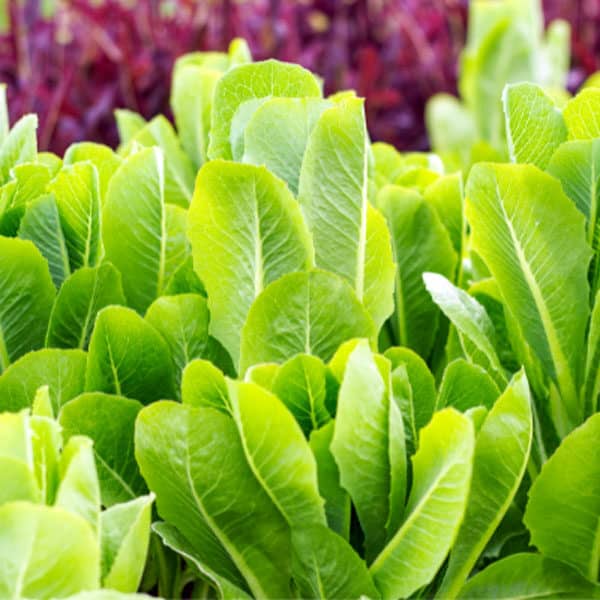
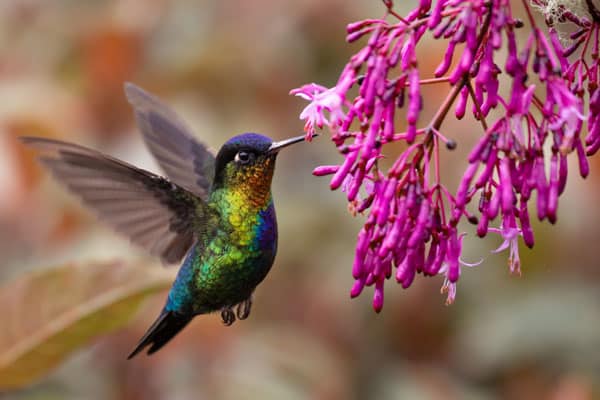

I read an article about growing Zucchini vertically. I am going to try that this year using frames of wire I used last year that our bush tomatoes outgrew. This way there will be more space for other veggies and flowers in the garden and the fruit won’t touch the ground.
We live in Canada in the north we do get water weather in. Summer the. Temperature may get in the 80s, what I would like to know will they grow so I will be able to get some. We can not plant until the end of may. Hope you will be able to help me we do like zucchini. Thank you sherry. Hope to hear from you
Having a tough time with my zucchini in a self-wicking container. The vine borer hit then the squash bugs. I’ve manage to kill em but no loads of squash. That really isn’t a bad thing since I’m the only one that eats them but would like a few more. I fertilize with Sustane.
Living in Australia do I just ask at my local Bunnings garden section for zucchini that is suitable for a tub or does it have a special name I need to ask for. Thank you so much for your very helpful tips. There is no rush as we just started winter.
Couldn’t figure out how to order the container zucchini. The other vegetables had an order now button but not the zucchini.
Oh! I see how that could be confusing. There are many container varieties, and they’re all listed here: https://brownthumbmama.com/best-zucchini-containers/